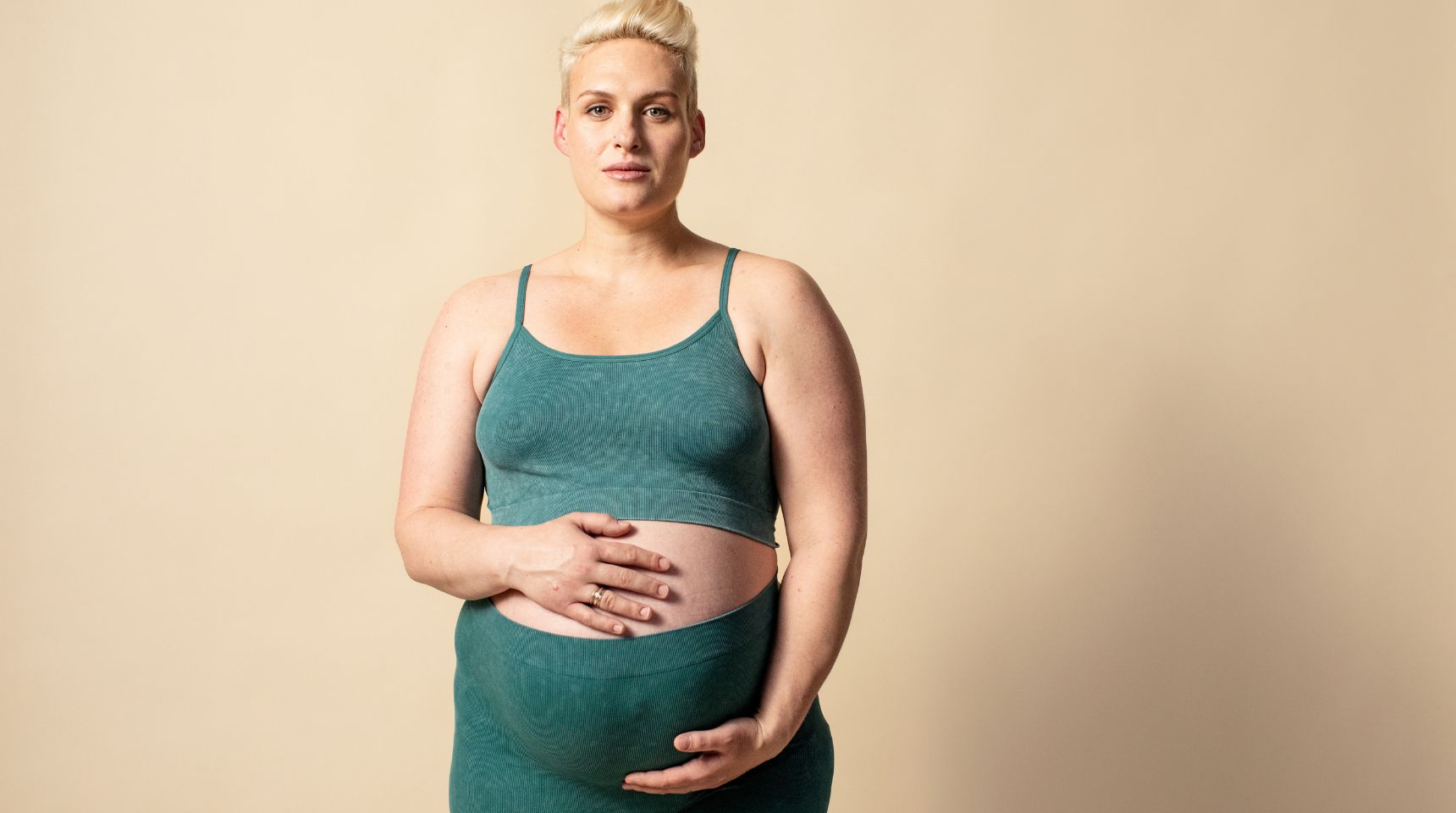Breastfeeding is a real possibility!
We know that breastfeeding is as much as about bonding as it is about nutrition and you might be excited to hear that if you adopt or have your baby through a surrogate, breastfeeding is a real possibility. The process is called induced lactation, and almost 50% of moms who have not given birth can produce breastmilk.
Induced lactation can involve using medications and herbs along with pumping. The hormones estrogen and progesterone increase during pregnancy and play a large part in readying a woman's body for breastfeeding. Without them, it can be difficult for moms to supply milk, but you can use medication to increase your levels if you haven’t been pregnant. The medications essentially trick your body into thinking it is pregnant and cause breasts to produce breastmilk. In many cases, adoptive breastfeeding mothers can establish a full or nearly full milk supply.
Because every mom is different and every situation is unique, getting help from a board-certified lactation consultant (IBCLC) will be a significant part of this process.
Option A: Au Natural
Some moms can establish their supply without the use of any medical intervention. Simply putting baby to the breast can induce lactation. It may take several weeks or months but many mothers have been able to produce breastmilk with this method. It is important, through this process, that baby is getting adequate nutrition and nourishment so you will likely need to supplement until your milk supply is established. Doing this under the guidance of a IBCLC lactation consultant is key.
If you're adopting a newborn or having your child born through a surrogate, your baby should be willing to feed at the breast. It can be easier if there has not been any nipple confusion caused by early introduction of artificial nipples. Some adoptions allow the adoptive parents to be at the hospital. If possible, let the birth mother know that you plan to breastfeed so your baby is not bottle-fed while there. If you can't be there right away, see if your baby can be cup or finger-fed to reduce the potential for nipple confusion.
Breastfeeding an older baby will likely be different. You may have to transition slowly, both to instill trust and to get your baby used to the breast over an artificial nipple. The key here is patience and reading signals from both yourself and your baby to make sure you're progressing at the right pace for both of you.
Option B: Pumping Away
Some moms choose to pump to establish their milk supply. It helps to start pumping about one month before you will begin breastfeeding the baby. The best way to do this is to rent a hospital/multi-user breast pump to establish a milk supply, which is the next best thing to a baby at the breast. Start by staying within your comfort zone by pumping once or twice a day. As time goes on, increase the number of pumping sessions to eight or nine per day.
Option C: Pumping Plus
Some moms also use a supplemental nursing system, which is a feeding tube device that is adhered alongside the nipple. This way, the baby is getting pumped milk or formula while simulating breastfeeding at the breast to trigger mom's hormones.
Remind yourself that adoptive breastfeeding is more about attachment and bonding, rather than fully feeding baby with your breastmilk. It may not be possible to produce enough breastmilk without supplementing. Contact a IBCLC lactation consultant to explore your options. You may be surprised at what is possible! You can find a local board certified lactation consultant at ILCA.org.









